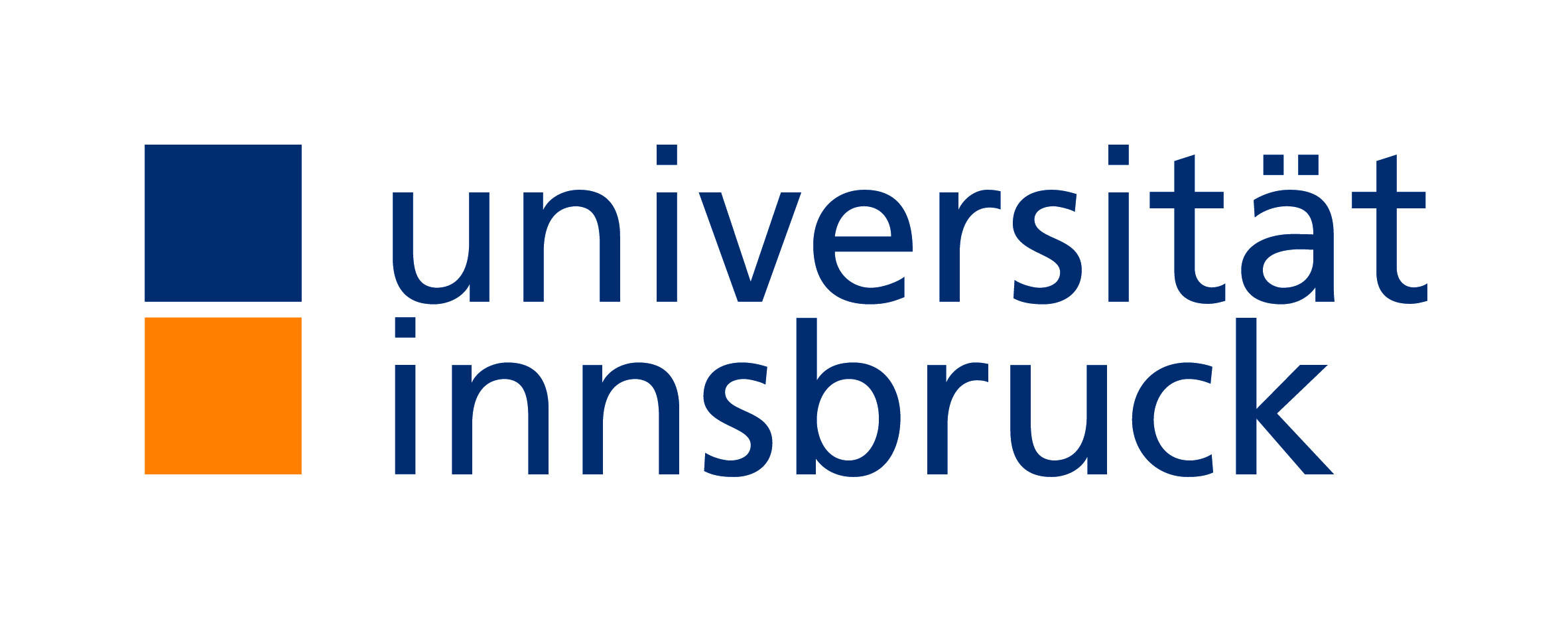Organization

Universität Innsbruck (UIBK), Austria
Ass. Prof. Sashko Ristov
Universitat Rovira i Virgili (URV), Spain
Prof. Pedro Garcia LopezMentoring and Jury
Daniel Barcelona Pons (URV)
Marc Sanches Artigas (URV)
Marco Cotrotzo (UIBK)
Philipp Gritsch (UIBK)
Klaus Kaserer (UIBK)

